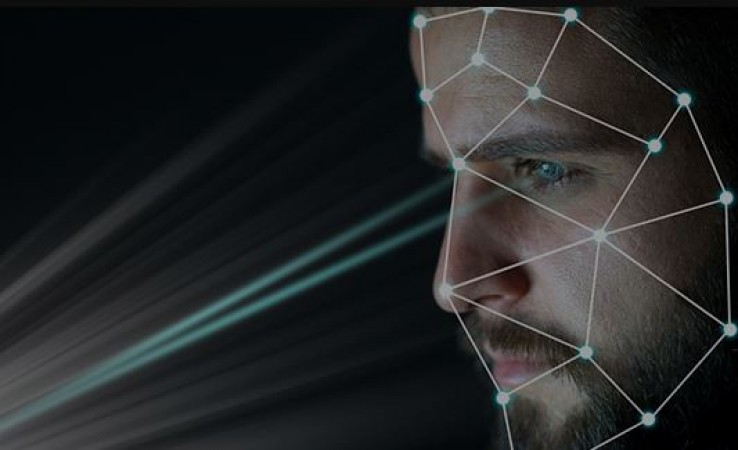
In today's digital landscape, where sensitive information and personal data are exchanged daily, the importance of robust security measures cannot be overstated. Traditional password-based authentication methods are gradually becoming insufficient in providing the level of security needed to combat the ever-evolving cyber threats. This is where biometric authentication steps in, offering a promising solution to enhance both security and user experience.
What is Biometric Authentication?
Biometric authentication is an advanced security process that utilizes unique biological and behavioral characteristics of individuals to verify their identity. These characteristics include fingerprints, facial features, voice patterns, iris or retina scans, and even behavioral biometrics like typing patterns and gait recognition. By using biometric data, organizations can establish a highly secure and personalized method of identification, significantly reducing the risk of unauthorized access.
The Advantages of Biometric Authentication
1. Unparalleled Security
Traditional passwords can be easily compromised or forgotten, leading to potential security breaches. Biometric authentication, on the other hand, relies on physical and behavioral attributes unique to each individual, making it extremely difficult for hackers to replicate or bypass.
2. Convenience and User Experience
Biometric authentication eliminates the need to remember complex passwords, resulting in a smoother and more user-friendly experience. Users can effortlessly unlock their devices or access accounts with a simple fingerprint scan or facial recognition.
3. Reduced Fraud
With biometric data being incredibly difficult to counterfeit, the risk of fraudulent activities is significantly reduced. This makes it an ideal choice for financial transactions, securing personal devices, and accessing sensitive information.
4. Scalability and Integration
Biometric authentication systems can be seamlessly integrated into various platforms and applications. Whether it's for mobile devices, physical access control, or online services, biometric technology offers a scalable solution adaptable to diverse environments.
5. Enhanced Regulatory Compliance
In industries dealing with sensitive information, compliance with data protection regulations is of utmost importance. Biometric authentication assists in meeting these compliance requirements, providing an added layer of security and accountability.
Implementing Biometric Authentication
1. Collection and Storage of Biometric Data
The first step in implementing biometric authentication is to collect and store the biometric data of users securely. This data must be encrypted to prevent unauthorized access and stored in a centralized and well-protected database.
2. Biometric Sensor Technology
The success of biometric authentication relies on the accuracy and reliability of the biometric sensors used to capture the data. Advanced sensors are essential to ensure precise recognition and prevent false positives.
3. Data Processing and Matching
When a user attempts authentication, the biometric data is processed and matched against the stored template. The system then determines whether the user's biometrics match the template within an acceptable margin of error.
4. Multi-Factor Authentication
To bolster security further, biometric authentication can be combined with other factors like passwords or PINs. This multi-factor approach adds an extra layer of protection against unauthorized access.
Addressing Concerns and Challenges
1. Privacy and Data Protection
With biometric data being deeply personal, concerns about privacy and data protection arise. Organizations must implement strict policies and compliance measures to safeguard user data and ensure it is not misused.
2. False Rejection and Acceptance Rates
Biometric systems may encounter false rejection (false negatives) or false acceptance (false positives) rates. Continuous improvement and fine-tuning of the system are necessary to strike the right balance between security and user convenience.
3. Spoof Attacks
Sophisticated hackers may attempt spoof attacks using forged biometric data. To combat this, anti-spoofing measures and liveness detection techniques are crucial in ensuring the authenticity of biometric data.
Biometric authentication stands at the forefront of cutting-edge security technology, offering an effective and convenient way to protect sensitive information and enhance user experience. By leveraging the uniqueness of individuals' physical and behavioral attributes, biometric authentication provides a formidable defense against cyber threats while streamlining access to digital services. Embracing biometric authentication not only ensures heightened security but also fosters a more user-friendly and efficient digital world.
Brain-Computer Interfaces: The Future of Human-Computer Interaction
Augmented Reality in Healthcare: Transforming Medical Practices
Revolutionary Inventions: How Science has Transformed the World